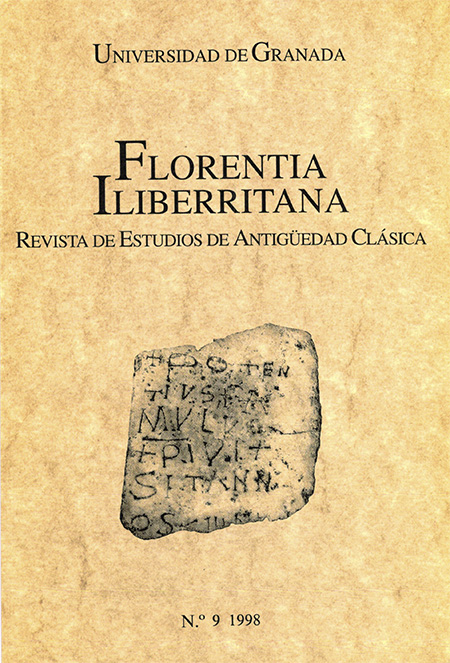El proemio de la Tebaida estaciana. Una estructura no virgiliana.
Keywords:
Estacio, Tebaida, Proemio, Poética, EstructuraAbstract
Statius, through the Virgilian appearance of his composition, could have effectively intended to make a declaration of generic principies in his proem. This airn is not achieved, however, because the first verses of his Thebaid are just an awkward attempt at the defmition of the limes carminis. This gives a surprisingly un-virgilian tone to a composition which is explicitly declared epigonous in the A eneid. The most immediate explanation for this is that the poet did not know how to salve the problem of combining several fundamentally tragic thematic sources, with several fundamentally epic models which were more specifically Virgilian and Homeric and, perhaps, Antimachean. But the factor chiefly responsible for Statius' failure to achieve b is aim is relate d to his imitative technique. His peculiar way of imitatio-aemulatio accounts for the fact that he, the perfect embodiment of the ideal of doctus poeta, has not managed to leave whatever pre-existing material was available either in bis poetics models or in his literary sources. So his programmatic poetic intentions come into conflict with his literary praxis, at least in t erms of Virgilian orthodoxy.Downloads
Downloads
How to Cite
Criado, C. (2016). El proemio de la Tebaida estaciana. Una estructura no virgiliana. Florentia Iliberritana, (9), 111–140. Retrieved from https://revistaseug.ugr.es/index.php/florentia/article/view/4327
Issue
Section
Artículos












